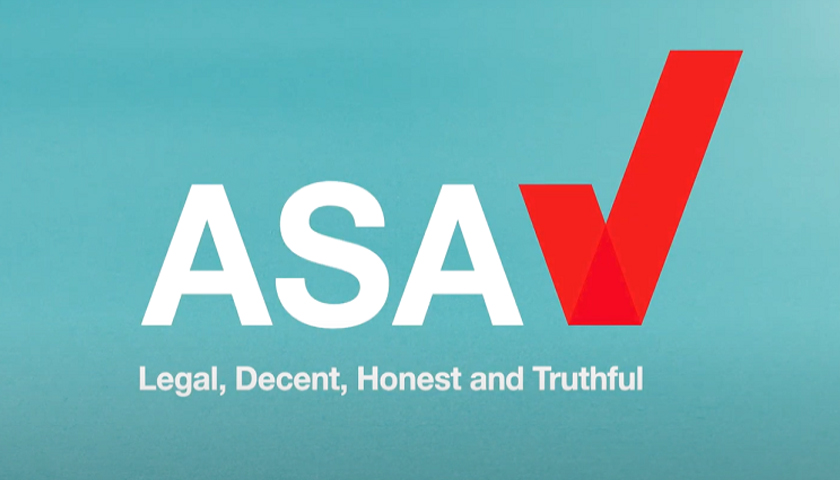As part of its commitment to delivering world-leading regulation to monitor online advertising, the Advertising Standards Authority (ASA) is publishing a report which provides a unique insight into the rare occasions where age-restricted ads appear on websites and YouTube channels popular with children.Further information from them below:
We’ve used cutting-edge avatar technology to specifically monitor for age-restricted ads, such as gambling and alcohol. These avatars are designed to represent the online profile of a child or other age-group, but they don’t mimic people’s normal online behaviour, instead they visit each website multiple times a day. This means that the avatars captured many more instances of ads than would usually be served to real life users.
For the first time in a study of this type, we’ve been able to identify the multiple parties involved in the delivery of ads to online users – the ad supply chain – including agencies, affiliate partners, demand side platforms, sell side platforms and others. This has helped us to better understand the rare instances where age-restricted ads are mistargeted, particularly from the perspectives of those involved in an ad’s journey into the online ecosystem.
Overall, the report paints a positive picture of industry compliance with the advertising rules by limiting children’s exposure to age-restricted ads online. In summary, we found that:
- Of 82,657 ads served on websites and YouTube channels popular with children, only 0.4% involved age-restricted ads.
- Of all the instances where an ad was served, 16% related to age-restricted ads being served to child or neutral avatars, breaching the advertising rules.
- Of these, just 06% were mistargeted to a child online profile, originating from 12 advertisers.
The findings of this report shine a light on the several steps and procedures that the advertising industry follows to ensure age-restricted ads are directed away from children. The report is also worth considering within the context of our other regular proactive monitoring projects, including our 100 Children Report, which casts serious doubt on anecdotal views that children are being “bombarded” with age-restricted ads.
It’s still important for us and the ad industry to learn from the small number of cases where age-restricted ads were mistargeted to minimise this further. Our findings will inform debate about the effectiveness and the proportionality of the rules that currently restrict ads for alcohol, gambling, foods high in fat, salt or sugar and other age-restricted ads. They will also help us to produce further guidance for advertisers and others involved in the ad supply chain to make sure age-restricted ads are targeted in line with our rules. This reflects the priorities in our current strategy which sets out our mission to protect vulnerable audiences, particularly children.
Shahriar Coupal, Director of Advertising Policy and Practice, ASA said:
“Technology plays a vital role in how the ASA regulates ads online. Through this study, we used avatar monitoring to identify rare instances when age-restricted ads are mistargeted to children’s online media. And, from the testimony of advertisers, intermediaries and publishers, we gained valuable case-study insights to better protect children and vulnerable audiences, which lies at the heart of our regulation.”


